I've Been Seeing Red Lately
...But in a good way
A number of birds have the word red or a variation of the color in their name. Some of those birds show a bright red. There is an interesting story behind the word “vermilion”, but for us, it just means brilliant red. The male Vermilion Flycatchers are always some variation of a bright red color.
I always tell people that Vermilion Flycatchers can be found at any open field in the city. If you want to find a Vermilion Flycatcher, head to your nearest park, school yard, golf course, etc. I guarantee you will find one. El Rio Preserve has no grassy areas and is surrounded by desert flats and vegetation along the Santa Cruz River. But Vermilion Flycatchers can make a good living from insects attracted to the water and, surprisingly, from small fish in the water. Throughout our desert you may also find these small flycatchers in riparian areas.
This Vermilion had been hunting along the water and rested on a rock in the shallows- a very different habitat for this species.
One tiny island in the lake is a popular spot for flycatchers. They like to hunt from any number of bare twigs on all sides of the island.
The Vermilion below looks very different from the one above! This one is a juvenile male Vermilion and it is just beginning to grow in its adult plumage.
There is some color variation in adult males, ranging from bright red to orange. The following bird was seen earlier this summer along the Santa Cruz River near Tumacacori. Male Vermilions have a dark mask. Their overall plumage is a dark brown
Vermilion Flycatchers are always on the lookout for their next snack. They remain alert while perched and never seem to rest for a long time. This Vermilion was seen earlier this summer right at sunrise, which accounts for the golden color of this photo.
Besides Vermilion Flycatchers, there are other red birds in our area. Here are a few shots that I’ve been saving on my desktop including this male Northern Cardinal in a mesquite tree in my yard. The tree was full of flowers called “catkins”.
This male Red-winged Blackbird was singing from atop of a palo verde tree. The habitat for Red-winged Blackbirds includes marshes, wetlands, agricultural and riparian areas. Of course, in southern Arizona, many of those places also have nice desert palo verde trees as well.
At the end of August, this male Summer Tanager was spotted at Sweetwater Wetlands. More commonly found during the summers here in low canyons, a desert oasis like Sweetwater can also attract them.
So perhaps rather than titling this newsletter with “I’ve been seeing red lately,” I could have used the phrase “Let’s paint the town red” with birds.
“If one says ‘Red’ – the name of color – and there are fifty people listening, it can be expected that there will be fifty reds in their minds. And one can be sure that all these reds will be very different.“---Joseph Albers, American artist and educator



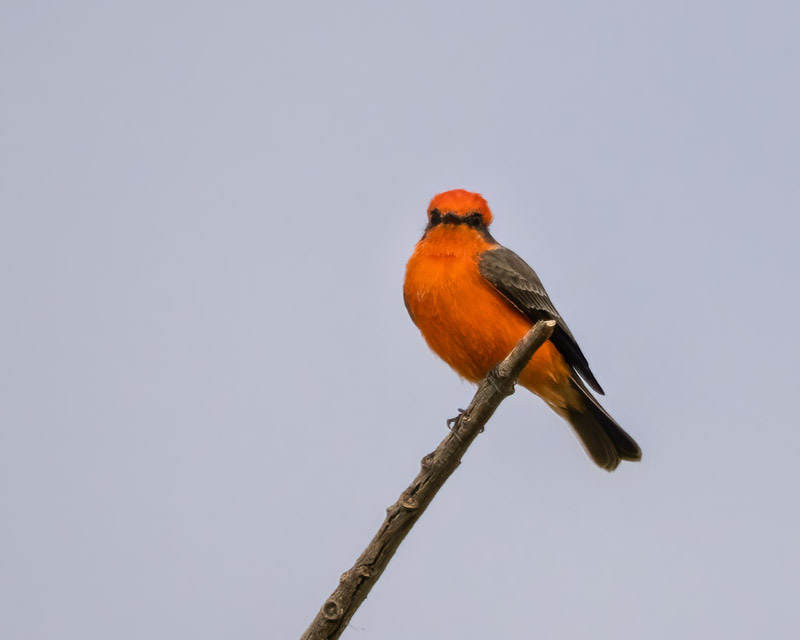


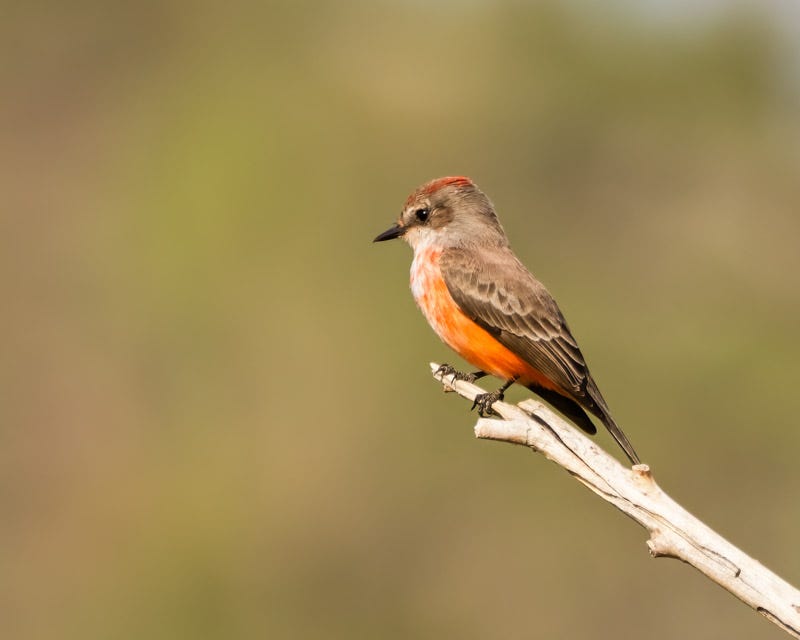
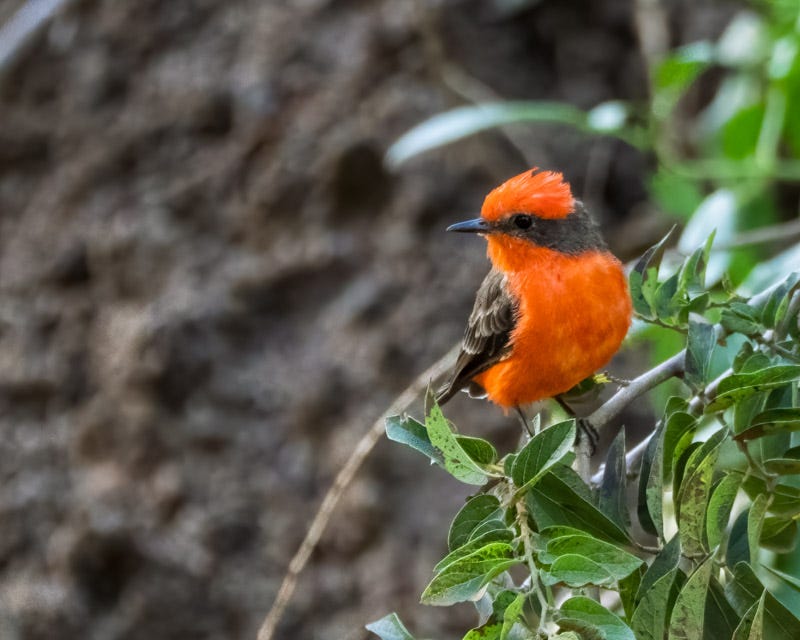
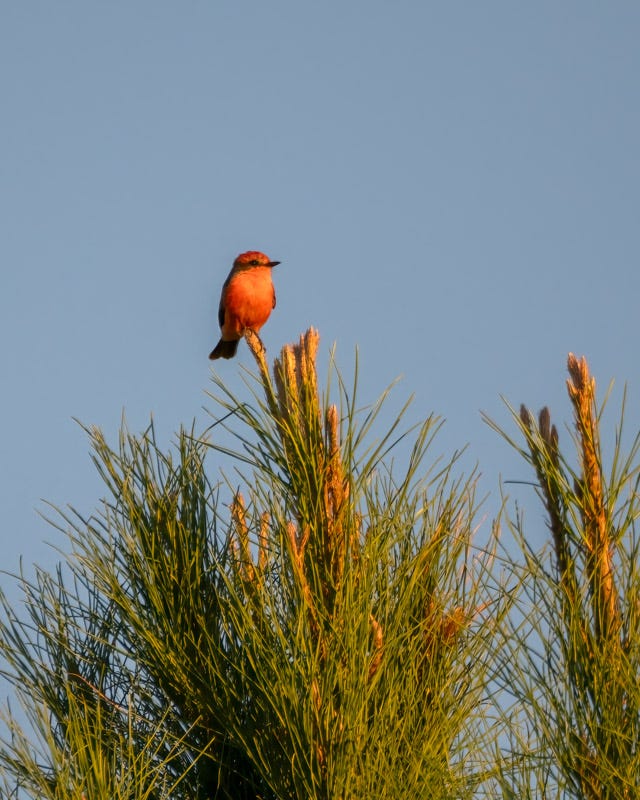

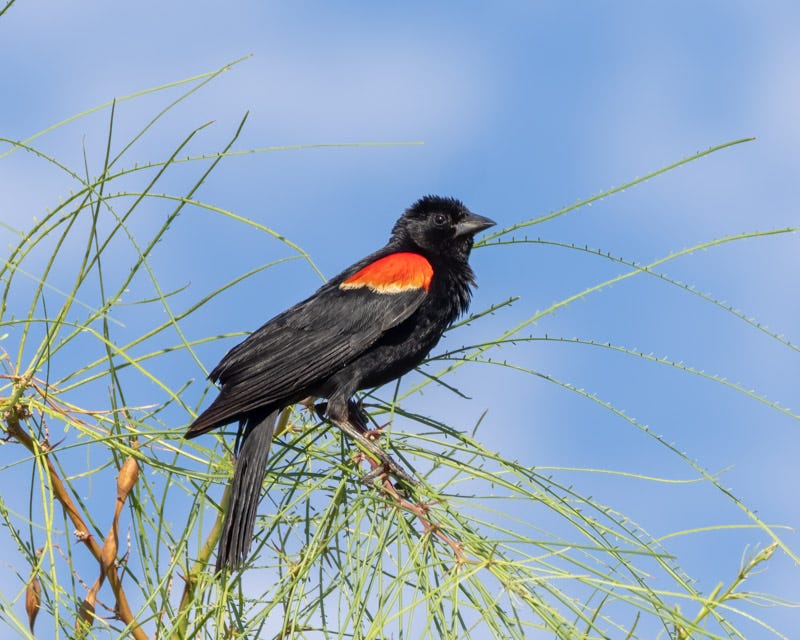
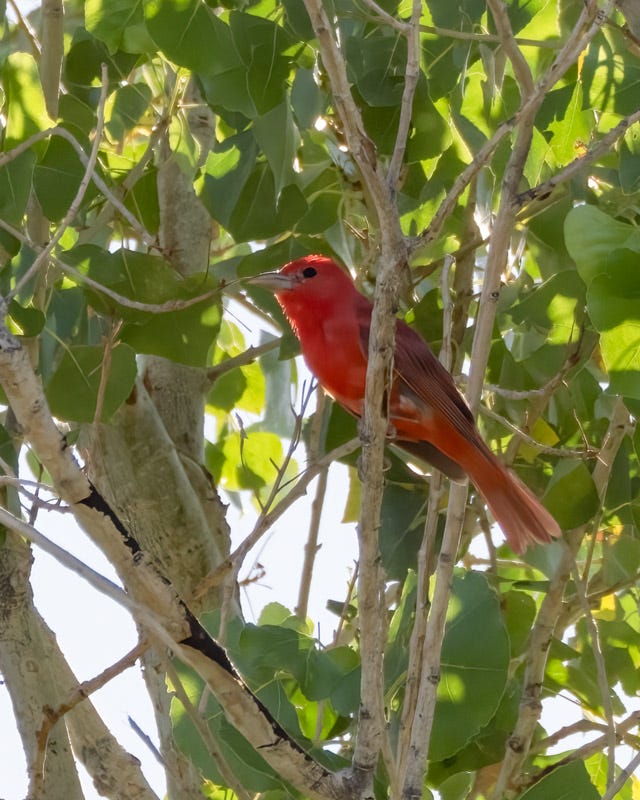
Lovely!
Love these birds, we use to have red-wing black birds and occasionally the yellow-wing ones, Pheasants, quail, rabbits and squirrels, before they put in a so-called nature park, now all that's there are trees and a black-top walking path, they cleared the cattails, wild roses, tall grasses and under growth. I miss them all, so thanks for the pictures and information you post, always brightens my day.